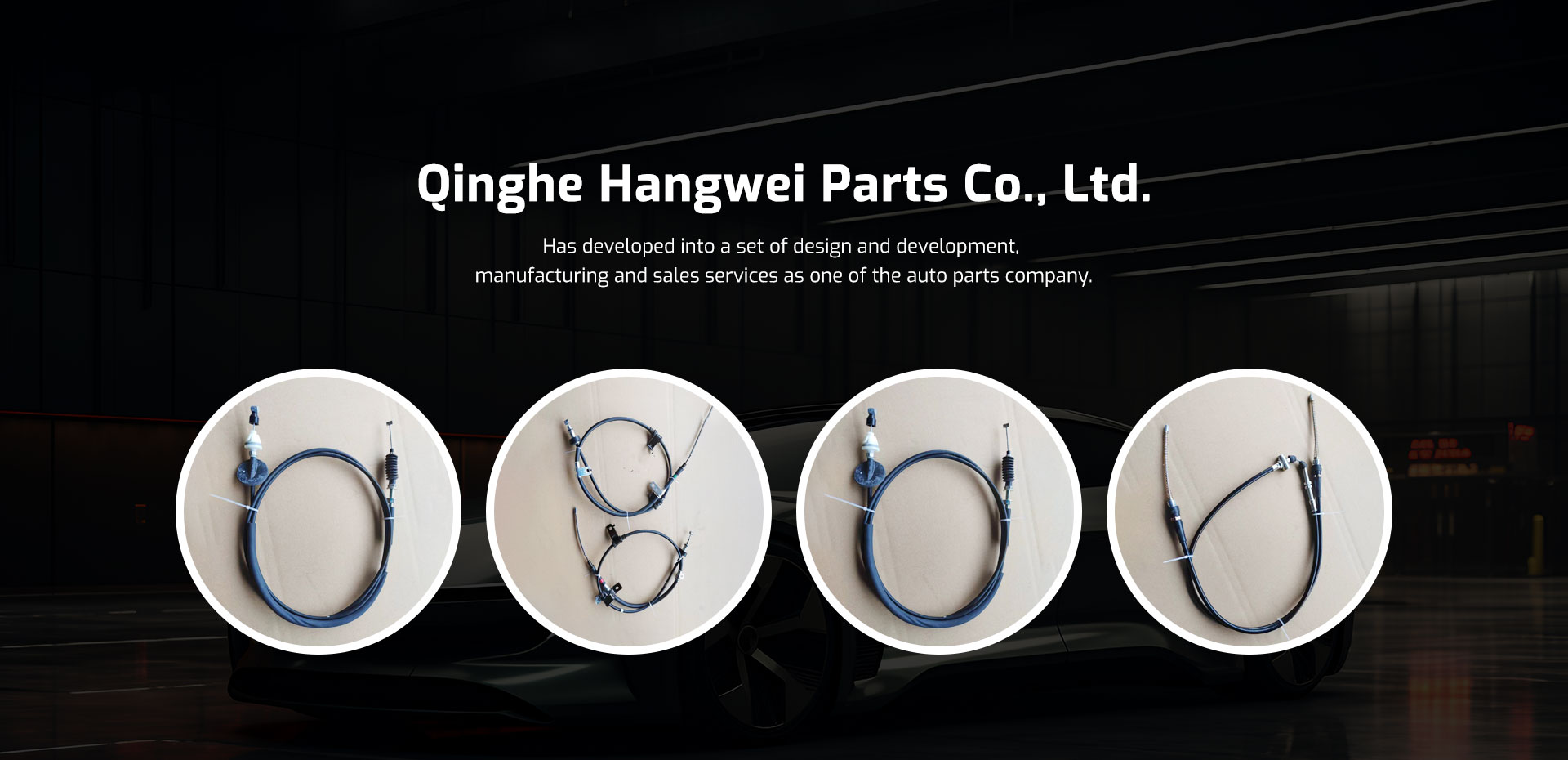Understanding Gear Shift Linkage Cables and Their Role in Vehicle Transmission Systems
Understanding Gear Shift Linkage Cables A Vital Component in Vehicle Transmission Systems
Gear shift linkage cables are integral to the smooth operation of modern vehicles. These cables play a crucial role in connecting the gear shifter inside the car to the transmission system. When a driver shifts gears, the movement needs to be effectively transmitted to the transmission for accurate gear changes. This article explores the importance, functionality, and maintenance of gear shift linkage cables.
What is a Gear Shift Linkage Cable?
A gear shift linkage cable is essentially a flexible conduit that connects the gear selector inside the vehicle's cabin to the transmission assembly. It allows for the transfer of mechanical movements from the shifter, whether it is a manual transmission or an automatic one, enabling the driver to change gears smoothly. The design of these cables often includes a sheath and an inner wire, which collectively facilitates the movement required for gear shifting.
The Functionality of Gear Shift Linkage Cables
In a manual transmission vehicle, when a driver pulls the gear lever, the gear shift linkage cable transmits this motion to the transmission, which then engages the corresponding gear
. The cable must handle both push and pull forces, ensuring that shifts are precise and responsive. In automatic transmissions, the linkage cable is similarly vital—some systems use shifts cables to connect to the transmission control module, which then regulates gear changes based on various parameters such as engine speed and throttle position.The Importance of Quality and Maintenance
gear shift linkage cable

The performance of a vehicle's transmission is significantly impacted by the quality of its gear shift linkage cables. Poorly manufactured or worn-out cables can lead to several issues, including difficulty in shifting gears, delayed responses, or even complete failure to shift. In some cases, a damaged cable can lead to transmission problems, which may result in costly repairs.
Regular maintenance is essential to ensure the longevity and reliability of gear shift linkage cables. Inspecting the cables for signs of wear, fraying, or corrosion can help identify potential issues before they escalate. It is also advisable to keep the cables lubricated to prevent rust and ensure smooth operation. Generally, if you notice any stiffness, unusual sounds during shifting, or the shifter feels loose, it may be time to check the linkage cables.
Replacement Considerations
If a gear shift linkage cable needs replacement, it is crucial to choose a high-quality part that meets or exceeds OEM specifications. The durability and performance of the replacement cable will directly impact how seamlessly the vehicle can shift gears. Depending on the make and model of the vehicle, the replacement process may vary in complexity; thus, it's often best left to professional mechanics for installation.
Conclusion
Gear shift linkage cables are small but mighty components that ensure the proper functioning of a vehicle's transmission system. By effectively transferring the driver's input to the transmission, these cables facilitate smooth and precise gear shifting—an essential aspect of driving dynamics. Regular inspections and maintenance can significantly extend the lifespan of these cables, helping to prevent issues and ensuring a more enjoyable driving experience. As vehicles continue to evolve, the significance of maintaining robust and responsive gear shift linkage cables remains paramount for every driver.
-
Workings of Clutch Pipe and Hose SystemsNewsJun.04,2025
-
The Inner Workings of Hand Brake Cable SystemsNewsJun.04,2025
-
The Secrets of Throttle and Accelerator CablesNewsJun.04,2025
-
The Hidden Lifeline of Your Transmission Gear Shift CablesNewsJun.04,2025
-
Demystifying Gear Cables and Shift LinkagesNewsJun.04,2025
-
Decoding Clutch Line Systems A Comprehensive GuideNewsJun.04,2025
